7 Unique Ways To Improve Your Cityscapes
While most landscape photographers are adept at capturing rolling hills and sweeping vistas, for many, cityscape photography can provide a welcome break.
Capturing urban environments allows you to stretch your creative muscles, and capture a different type of image – albeit one that’s amazing and spectacular, and in many ways – similar to landscape imagery.
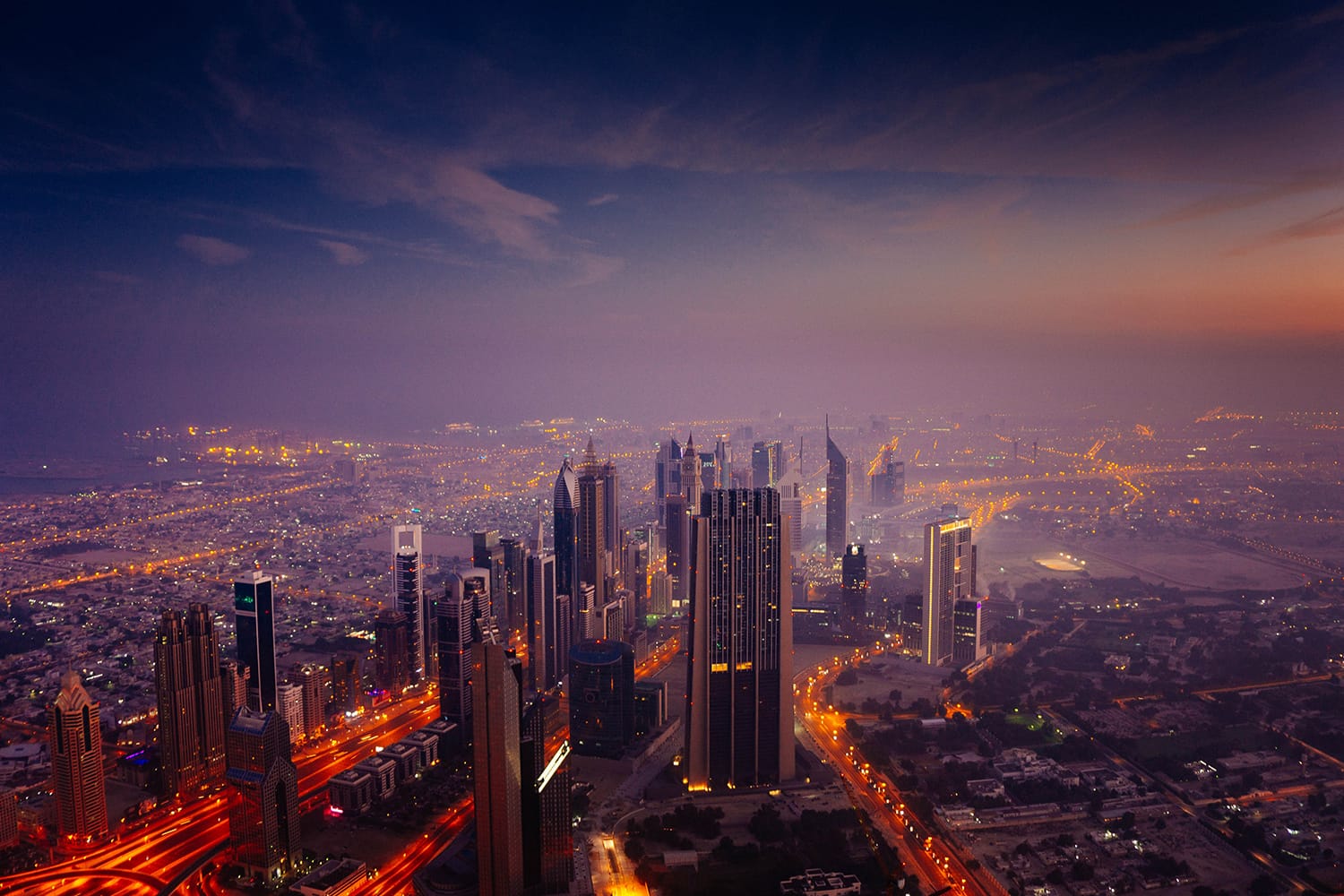
While nature shots are full of beauty and serenity as well as power and grandeur; cityscape photography is much the same. From the beautiful, soft glow of buildings at night, to the energy of light trails when photographing cars along the roads, there’s no shortage of opportunities available in urban environments.
You don’t have to live in the city to appreciate all it has to offer. The hustle and bustle, the life and energy, the stories that can be found on the street, there’s something for everyone when it comes to the city. And finding ways to effectively draw the best images out of your settings will allow you to create some beautiful and breathtaking shots.
To help you get the most out of your cityscape images, here are some things that you’ll want to keep in mind before you head out.
1. Find a Unique Vantage Point
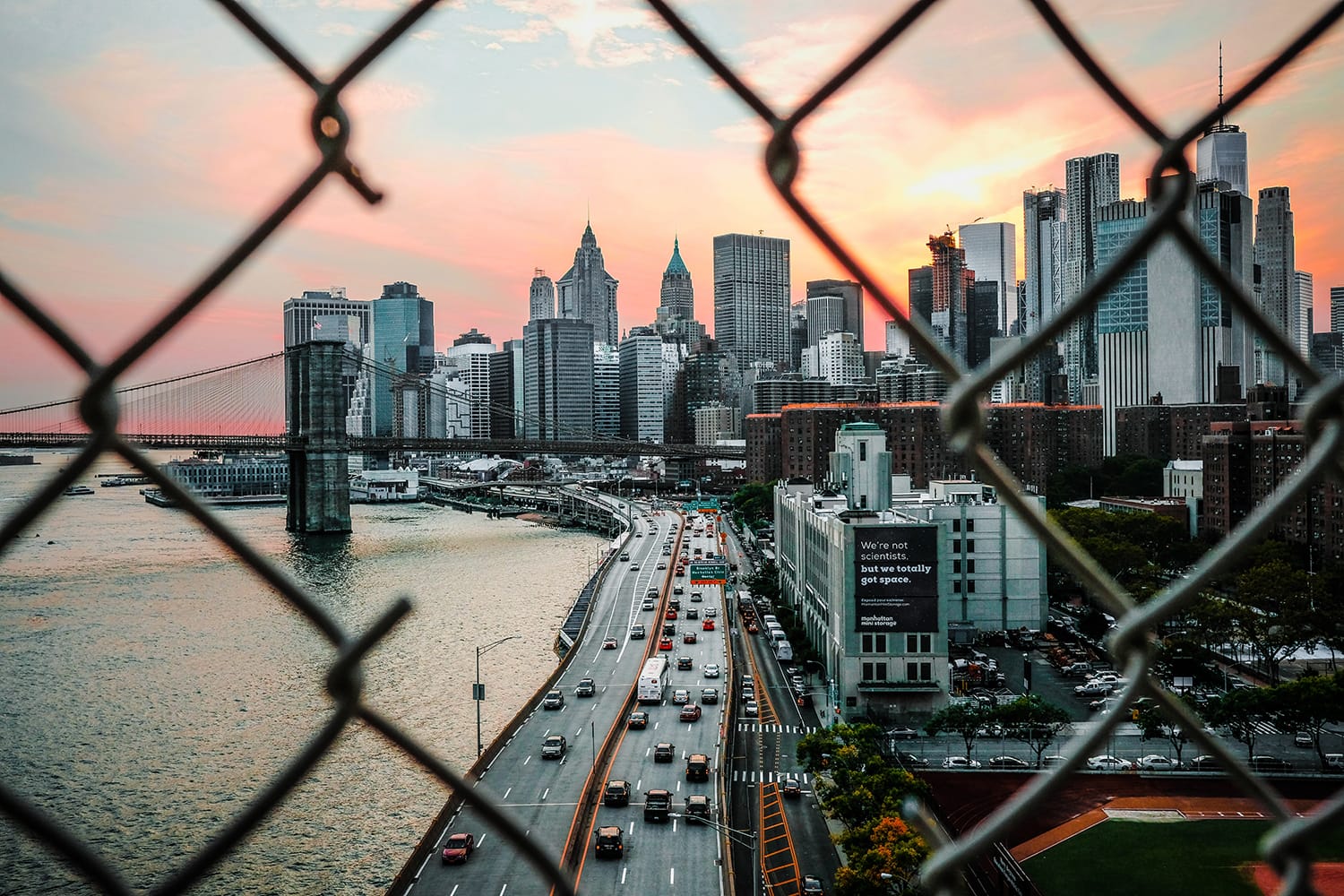
To capture those spectacular skylines you’ll want to find a vantage point that will afford you the best views of the city. If you’re not familiar with the area, you’ll want to do some research ahead of time to see which buildings will allow you access to the higher floors or to discover where the best vantage point is.
If your city is located near the edge of a large body of water, finding a place where the lights reflect off of the water will allow you to capture some spectacular nighttime images.
Bridges also make great locations for capturing the city either by photographing from the bridge itself or, from the ground, and including the bridge as part of the image.
2. Play With Your Exposure
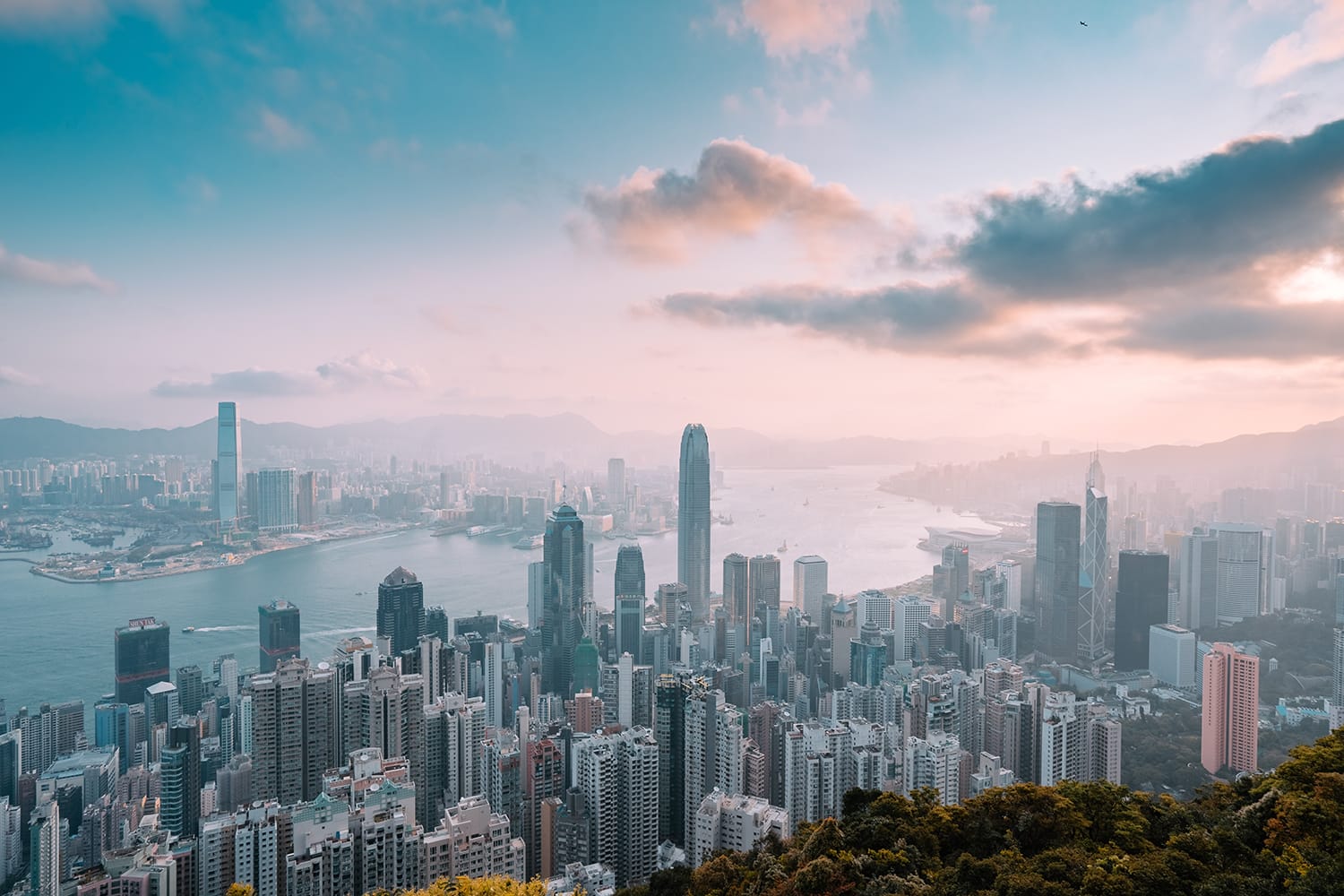
Cityscapes often present a great opportunity to play with your exposure settings, allowing you to experiment in order capture the best shots. If you’re after light trails, head out after dark, and try to find a road that’s busier than others, or a vantage point that allows you to see the freeway.
Be sure to use a tripod and a slow shutter speed to blur the motion of the lights. Using a slower shutter speed in the day can also make for some beautiful images. Use a long exposure to capture soft, streaky clouds, and, if you’re photographing water, to create a blurred misty effect on the surface.
3. Head Out After Dark
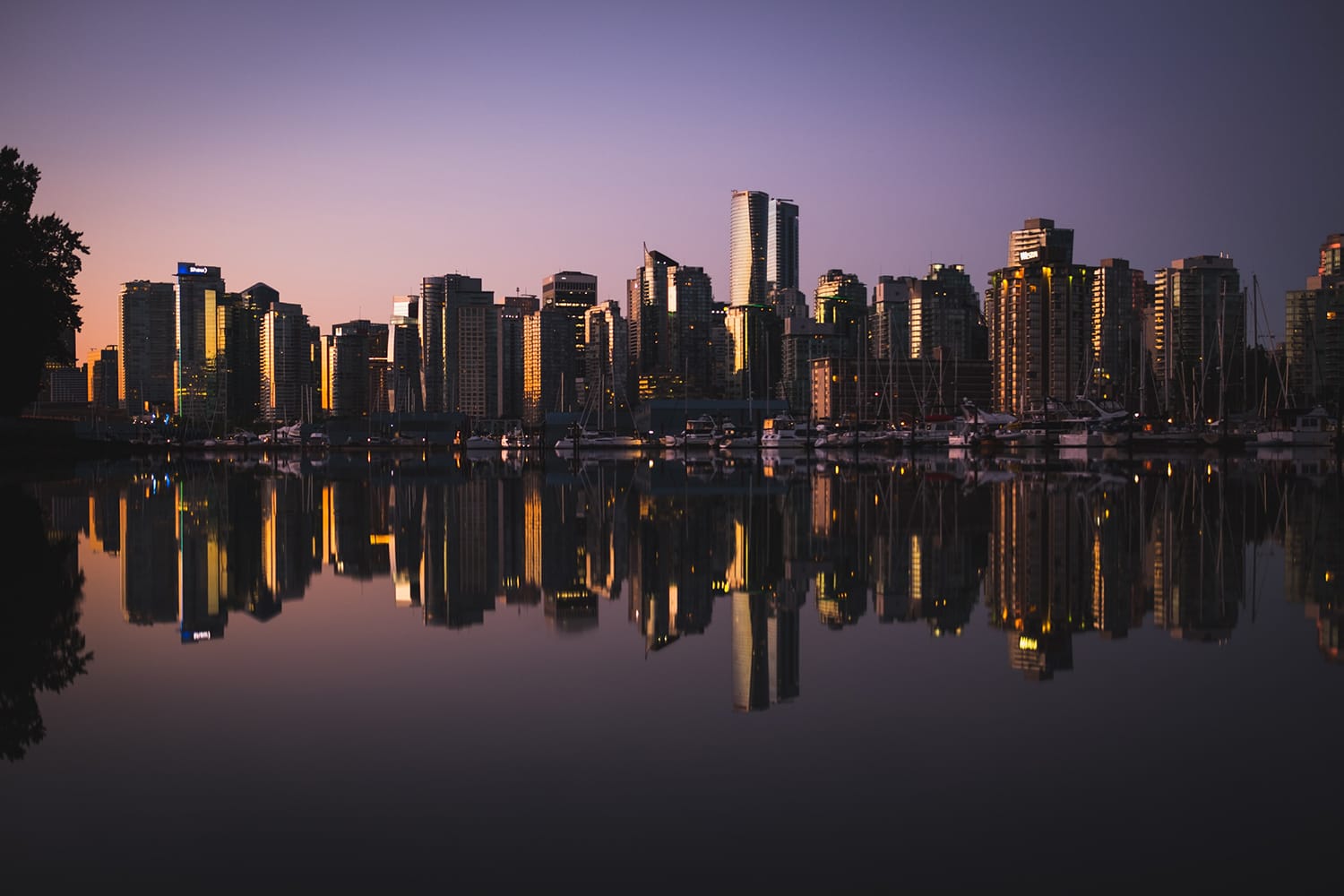
Unlike landscape images where daylight is usually better, cityscapes often improve once the sun goes down. After dark, the city comes to life with buildings and other architectural details are illuminated with light, making for some spectacular image opportunities. Golden hour is another good time for cityscape photography; during the early morning or afternoon light you’ll have beautiful long shadows to work with, as well as soft golden light.
4. Just Add Water
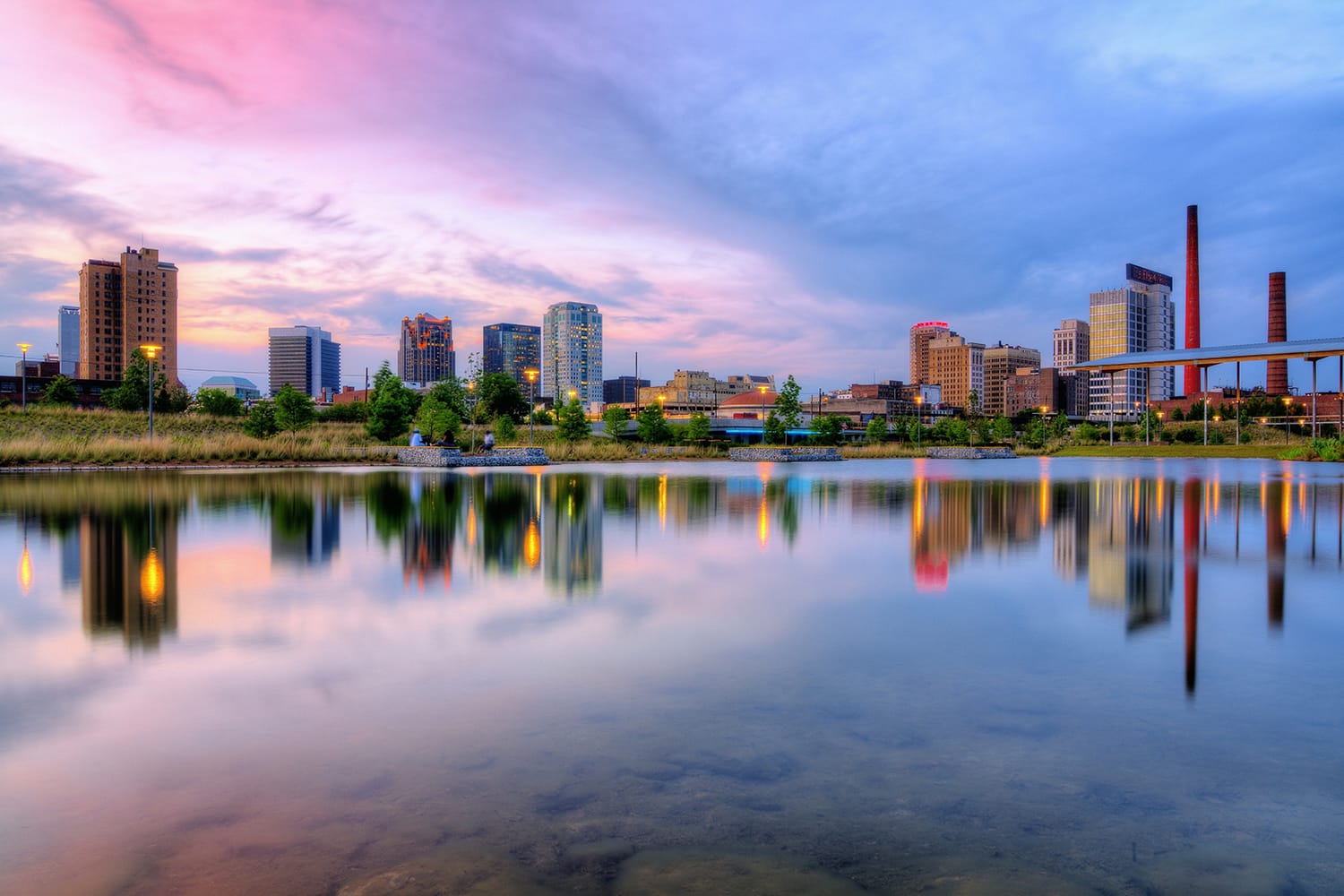
If you’re photographing the city at night, you’ll want to look for opportunities to include water in your images.
If your city is located at the edge of the ocean or a lake you’ll have the perfect chance to capture the lights as they reflect off of the water, but even for cities that are inland, there are still opportunities to capture water images.
After the rain, the city will be awash in water and the puddles and reflective surfaces will be reflecting the lights of the city beautifully. Heading out just after a storm is one of the best times to capture some amazing and vibrant urban images.
5. Work With the Light
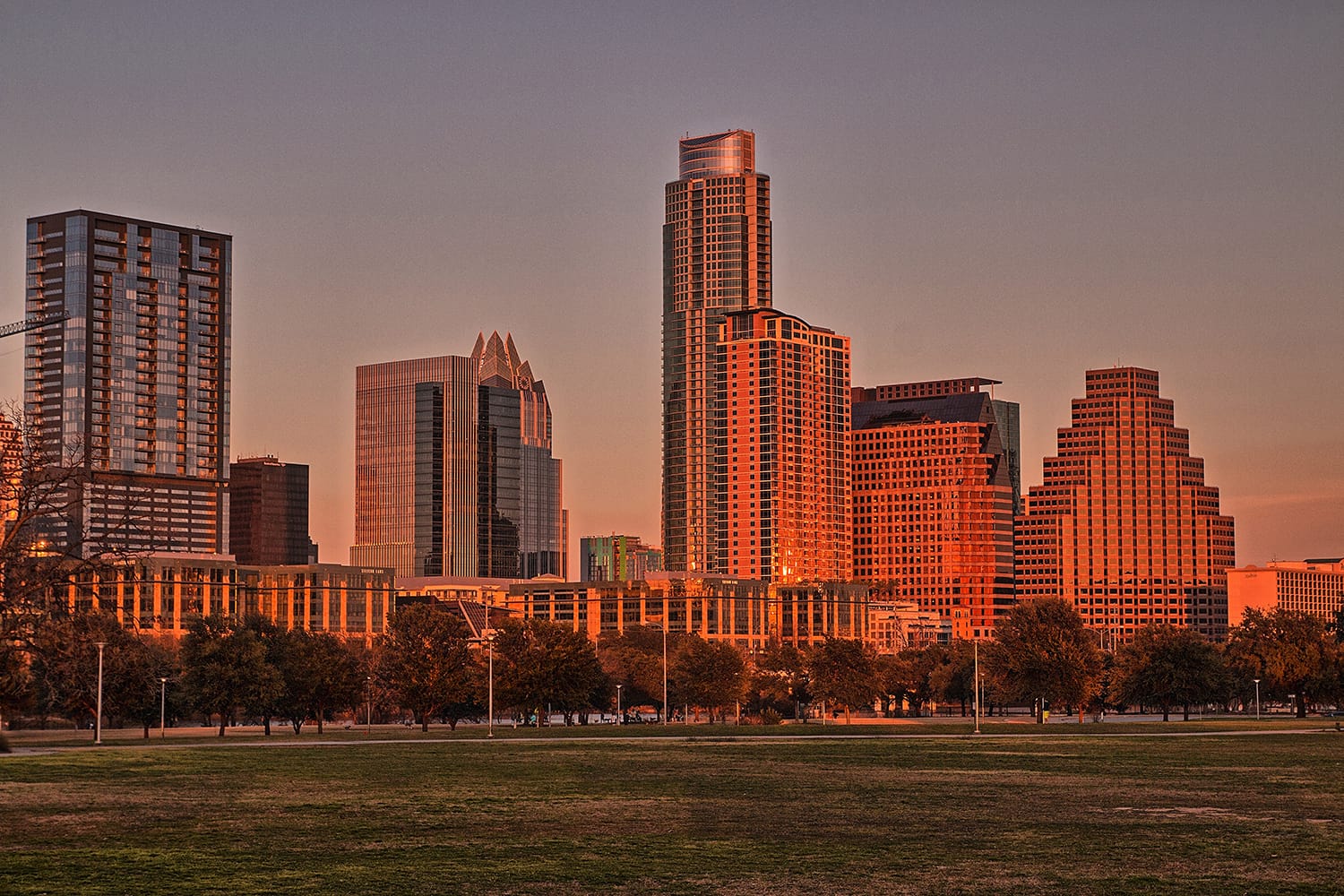
While shooting after dark can leave you with some rewarding images, daytime images can be spectacular as well, especially if you work with the light.
If you’re capturing cityscapes during the day, you’ll want to pay attention to the angle of the light – usually, you’ll want to shoot with the sun behind you to ensure that everything is illuminated properly, for the best results.
6. Consider Post-Processing
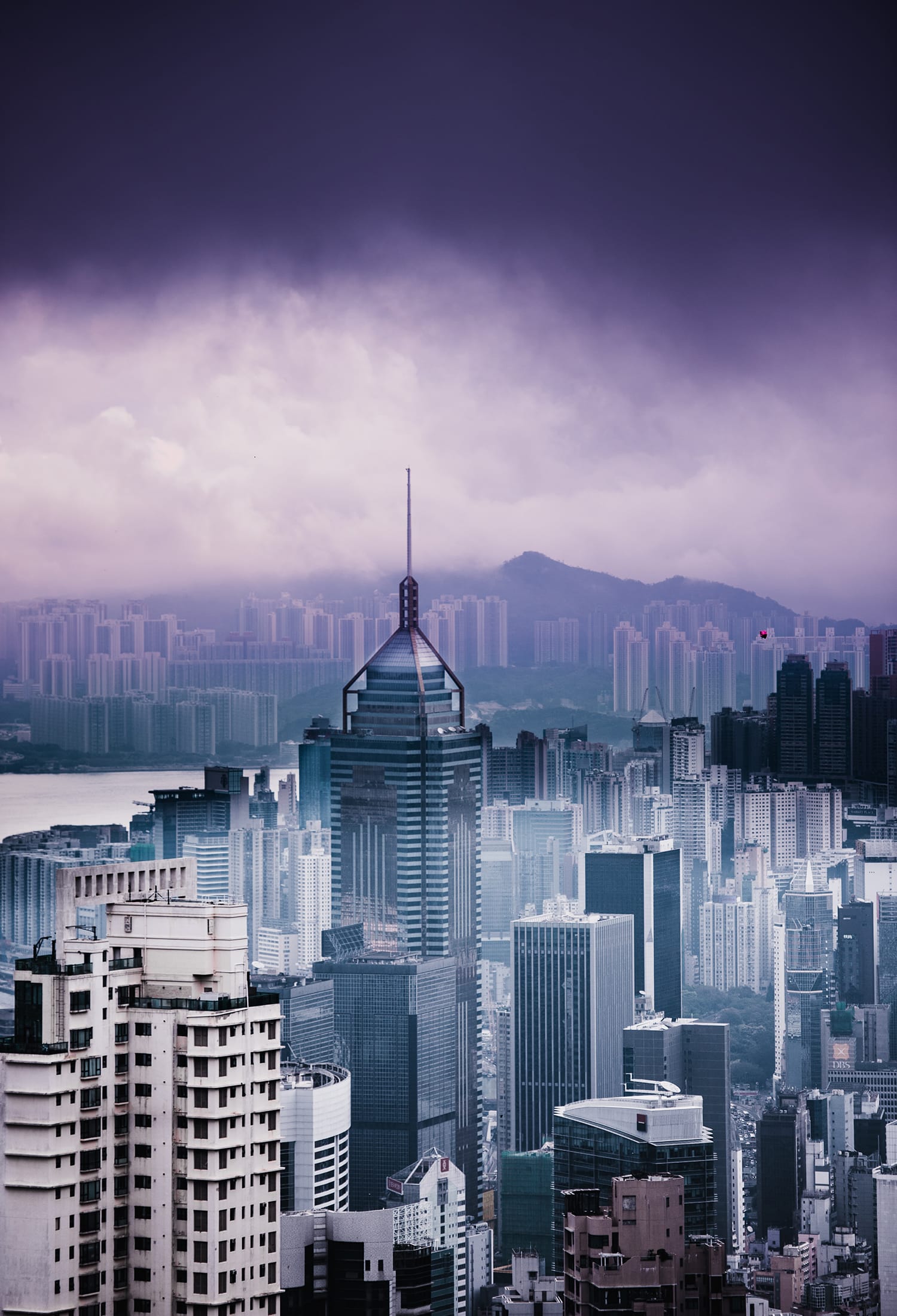
Post-processing is another way to take your cityscape images up a notch. Shooting in RAW allows you to keep all of the image’s data that you can use to adjust the colors and exposure later on.
Learning to use Lightroom as well as taking advantage of some of the great filters that are available can help you to create images that truly stand out. For black and whites, a program like Silver Efex can also help you to create powerful and dynamic images.
7. Be Patient
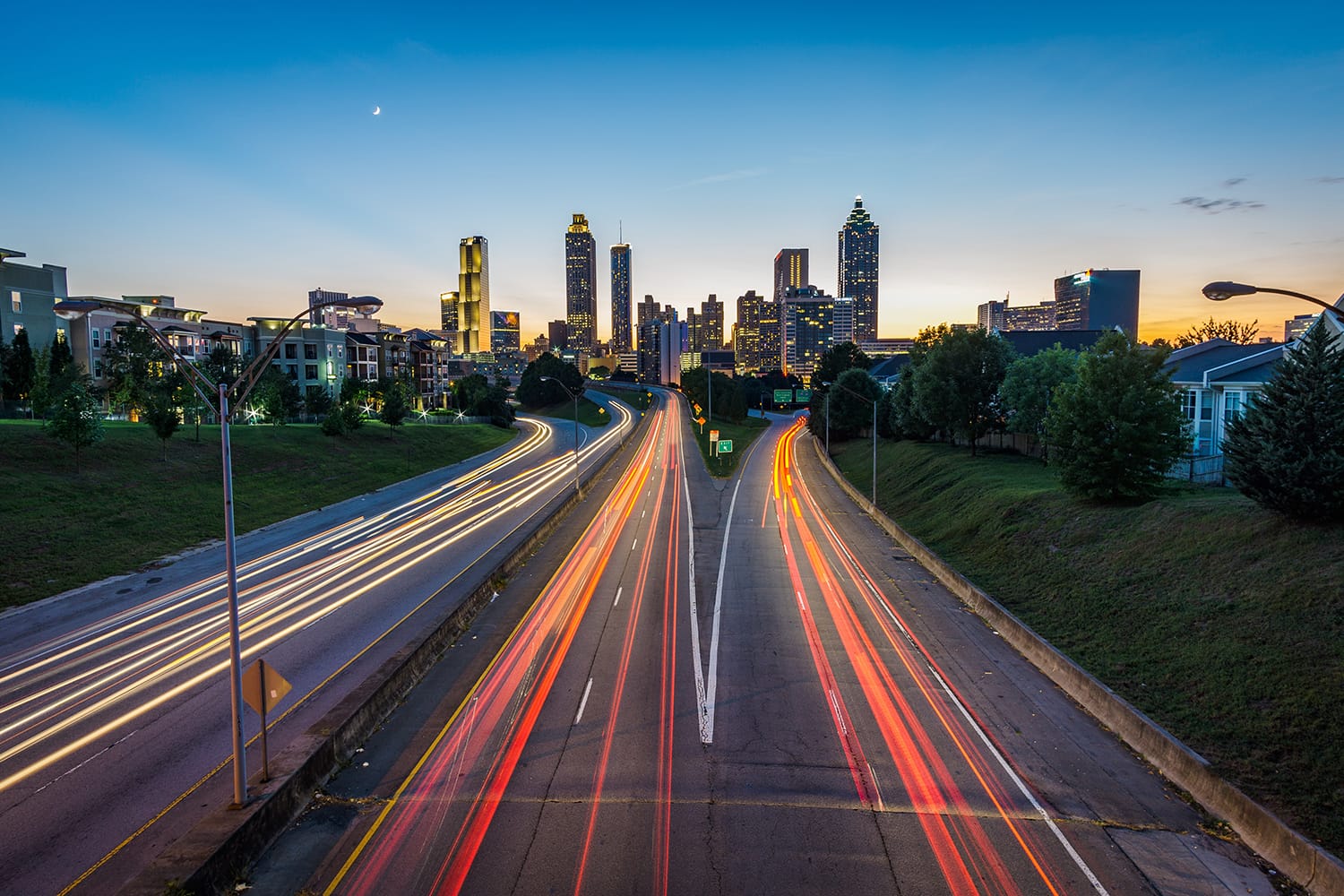
Cityscape photography can be rewarding but with so much to take in it can also be overwhelming; especially if you’re first starting out. For best results, try to be patient and deliberate with your compositions. Instead of stepping out and snapping images immediately, consider walking around for a bit to acclimate yourself and see what catches your eye.
This will help you to warm up to the new environment and will also allow you to create more deliberate and well thought out images, and much stronger compositions.
Finally, cityscape photography requires a great deal of practice and you most likely won’t walk away with award-winning cityscapes overnight, but don’t get discouraged! With research, practice, and trial and error, you’ll soon notice an improvement in your images.
Before long you’ll be looking for opportunities to capture cityscapes whenever possible and will become adept at creating eye-catching and spectacular urban imagery.
Cityscape photographers – what are your secrets for amazing urban photography? Please share your tips with us on Twitter or Facebook!
